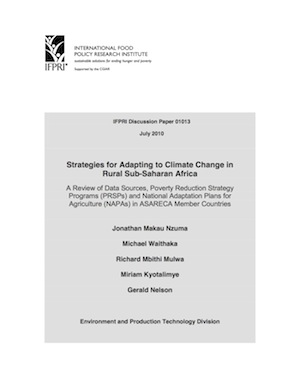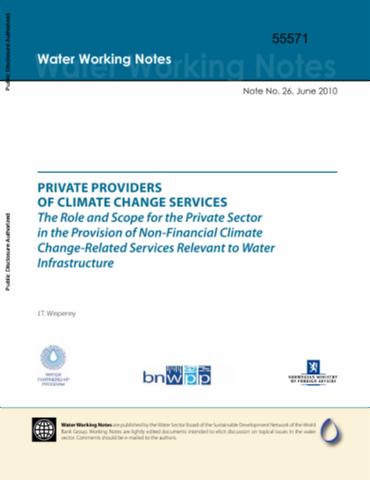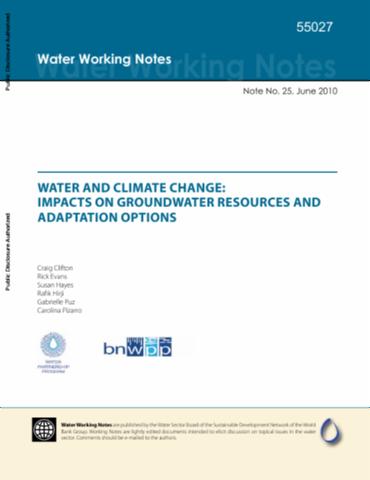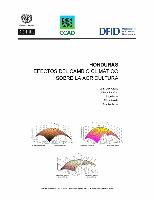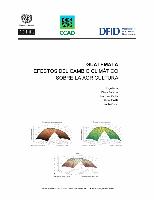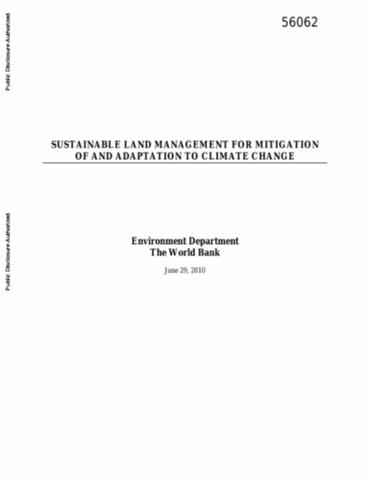Panamá: efectos del cambio climático sobre la agricultura
El cambio climático representa una seria amenaza para las sociedades centroamericanas por sus múltiplesimpactos previstos en la población y en los sectores productivos. En términos fiscales constituye un pasivo público contingente que afectará las finanzas públicas de los gobiernos por varias generaciones.



